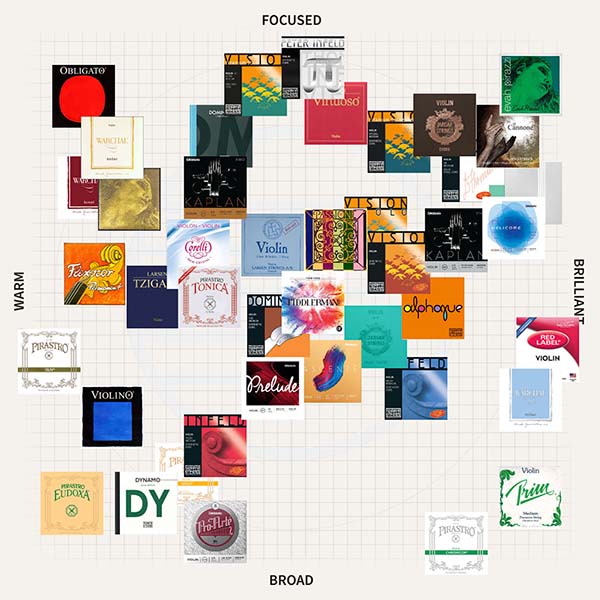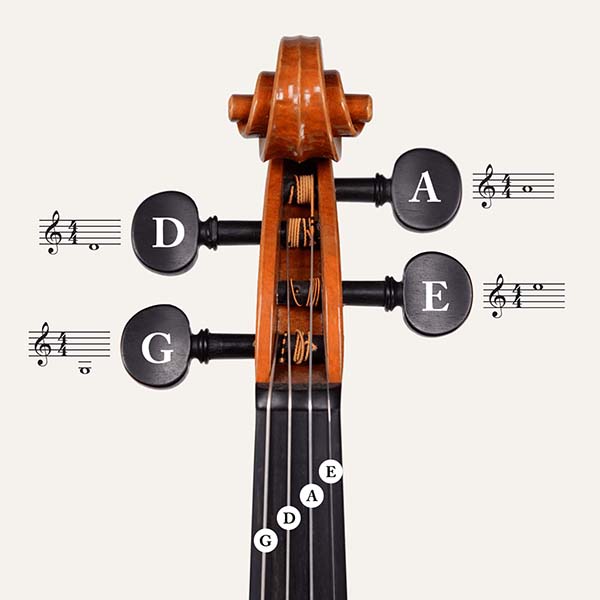The modern age of violin making is an interesting blend of old and new world techniques. Stradivari recognized the significance of the different thickness throughout the top and bottom of a violin; it had an immense effect on the tone and overall sound quality of the instrument. Dr. Carleen Hutchins, a well-respected former high-school science teacher, violinmaker, and researcher who specialized in acoustic research refined the science in the 1950s.
Mr. Stradivari, Meet Science
Her work resulted in an innovative process called free-plate tuning; a precise method of refining the interior thickness shape of the top and back pieces of a violin before it is assembled. “Free plates” are the name given to those 2 pieces of wood before they are part of the violin. When this violin puzzle is pieced together, those free plates are now simply called “plates.”
Hutchins used a powered speaker to produce the various frequencies for the tuning process. The free plate was covered in glitter and the scattered particles would form various patterns when the speaker produced the target frequencies. Those patterns were then analyzed and compared to her data gathered from a real Stradivari , allowing Dr. Hutchins to know exactly where to shave away and perfect the ideal thickness throughout the wood plate to produce the most perfect tone possible.
This ingenious method is still used today with some added technology of computer software to measure and graph the frequencies.
Here is an example of three different frequencies generated by a speaker and its effect on the free plates. These shapes provide the luthier with valuable information of exactly where to carve away wood to yield the most optimal resonance.
The bass bar is also an important element in shaping the final tone of the violin.
“At the end, I was sanding it with 220 grit to tweak the frequency. Got it at 325hz exactly a half tone under the back plate. I used a FFT program, but enjoyed using tea leaves to see the range available. The plate will vibrate well a hertz above and below the target frequency.” - Jon
Here is the process in motion from one of our own customers building his own violin out of reclaimed cedar wood using the same method as Hutchins. His choice is black tea leaves which provides the additional benefit of tea time after testing. We are featuring him in another upcoming article following his violin.




